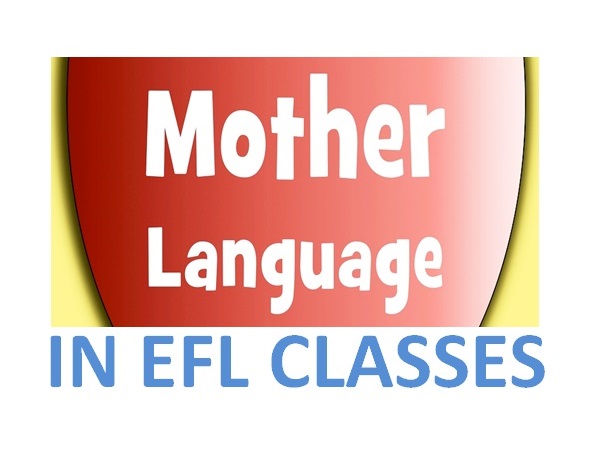A Definition of Bloom’s Taxonomy
Bloom’s Taxonomy is one of the most important frameworks that has certainly changed education. Bloom’s Taxonomy refers to a hierarchical ordering of cognitive skills that, inter alia, is used by teachers to support students’ learning.
This framework can be used to plan lessons, develop peer and self-assessment, design and evaluate teaching materials, learning and instructional design, plan learning objectives, plan students’ projects…..etc.
Historical background of Bloom’s Taxonomy
The evolution of this Taxonomy dates back to 1956 when Benjamin Bloom, Max Englehart, Edward Furst, Walter Hill, and David Krathwohl published a framework for classifying educational goals entitled Educational Objectives Taxonomy or Taxonomy of Educational Objectives. Later on, known as Bloom’s taxonomy. This framework has been used by many teachers and educators at that time.
Bloom’s taxonomy included six major levels: knowledge, comprehension, application, analysis, synthesis, and evaluation. All the categories in Bloom’s taxonomy except knowledge were considered skills and abilities because knowledge is a necessary prerequisite for putting these skills into practice.
The original Bloom’s Taxonomy (1956)
The original version of Bloom’s Taxonomy includes six categories. The following table explains each one in-depth.
| Knowledge | Remembering the learned information previously. This includes specific names, things, and objects, methods, processes, patterns, structures, and settings. |
| Comprehension | Demonstrating the understanding of facts. |
| Application | Applying knowledge to actual situations. This means the ability to use abstract things in concrete situations. |
| Analysis | Breaking ideas and units into smaller parts and making possible connections between the parts. |
| Synthesis | Compile the components of a unit or object to form the whole.” |
| Evaluation | Judging the value of material, methods, and information |
The revised version of Bloom’s Taxonomy
Bloom’s taxonomy has been revised by a group of cognitive psychologists and instructional researchers in 2001, and it was entitled A Taxonomy for Teaching, Learning, and Assessment.
The revised version of Bloom’s Taxonomy has become broader than the old one. The developers of the revised version of Bloom’s Taxonomy believes that it is very dynamic and broad in terms of conceptions of classifications. It includes six main categories. And each category, there are multiple sub-categories:
The first category is: Remember
- Recognizing
- Recalling
The second category is: Understand
- Interpreting
- Exemplifying
- Classifying
- Summarizing
- Inferring
- Comparing
- Explaining
The third category is: Apply
- Executing
- Implementing
The fourth category is: Analyze
- Differentiating
- Organizing
- Attributing
The fifth category is: Evaluate
- Checking
- Critiquing
The sixth category is: Create
- Generating
- Planning
- Producing
In the new version of Bloom’s Taxonomy, the creators consider knowledge the basis of the six cognitive skills; they created a separate taxonomy for knowledge.
| Factual Knowledge | This involves Knowledge of terminology, and |
| Knowledge of specific details and elements | |
| Conceptual Knowledge
| This involves Knowledge of classifications and categories, |
| Knowledge of principles and generalizations, and | |
| also Knowledge of theories, models, and structures | |
| Procedural Knowledge | This involves Knowledge of subject-specific skills and algorithms, |
| Knowledge of subject-specific techniques and methods | |
| and also Knowledge of criteria for determining when to use appropriate procedures | |
| Metacognitive Knowledge
| This part includes Strategic Knowledge, |
| knowing about cognitive tasks, including appropriate contextual and conditional knowledge | |
| and also Self-knowledge |
The use of Bloom’s taxonomy in the classroom
According to the authors and creators of bloom’s taxonomy, it can be used to:
- Organizing learning objectives according to priorities.
- Planning and delivering instructional content.
- Designing valid assessments that match what the students studied.
- Evaluating lessons and learning objectives.
- Assuring the alignment of instruction and assessment.
I hope this post was comprehensive and useful. Please, share this post if you think there is someone out there who needs to read about Bloom’s Taxonomy.
Join us on Facebook.
References:
- Belmont, M. (N.d.). Approaches to Teaching and Learning.
- Grana, T. (N.d.). Bloom’s Taxonomy and the Three Little Pigs.
- Educational Origami. (2014). Bloom’s, Learning Styles and Thinking Organisers.
- E.M. (2016). Now THAT’S a Good Question! How to Promote Cognitive Rigor Through Classroom Questioning. Alexandria, VA: ASCD.








Thank you for using mu Bloom’s Taxonomy Questioning Pyramid. Please cite the source as Francis, E.M. (2016). Now THAT’S a Good Question! How to Promote Cognitive Rigor Through Classroom Questioning. Alexandria, VA: ASCD.
Thank you.
Sincerely,
Erik M. Francis, M.Ed., M.S.
http://www.maverikeducation.com
Done. Thank you for sharing the reference.
Thanks so much,very helpful information.That’s great.
A worth-reading notes. I am student of English*. I’ve found this notes as English Reference.